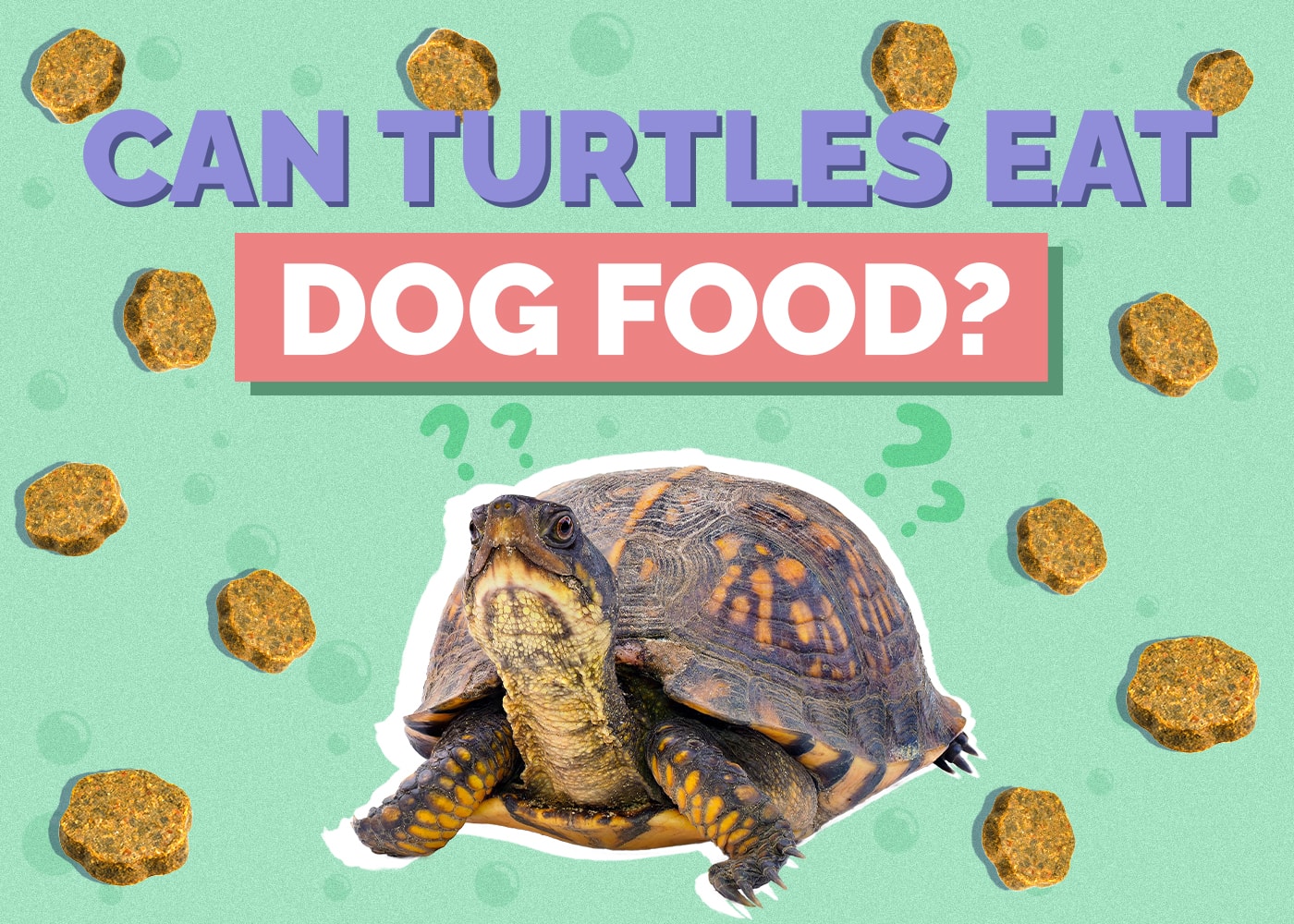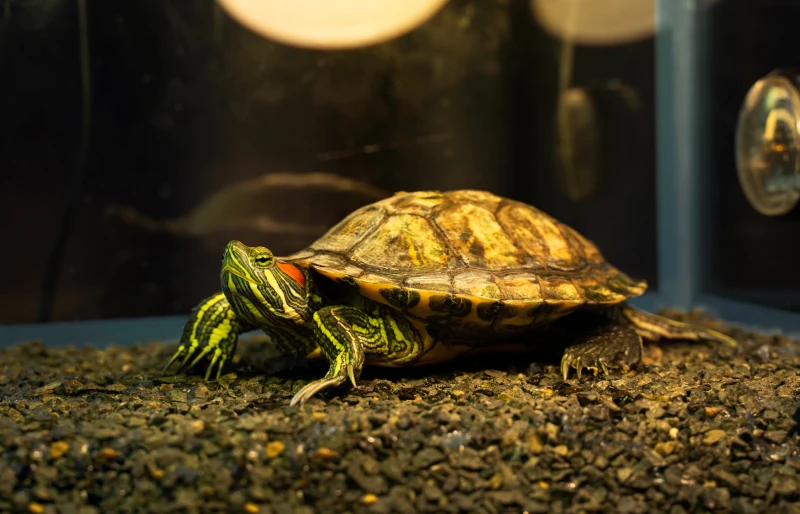Can Turtles Eat Kale? Vet-Reviewed Nutrition Facts and FAQ
Updated on
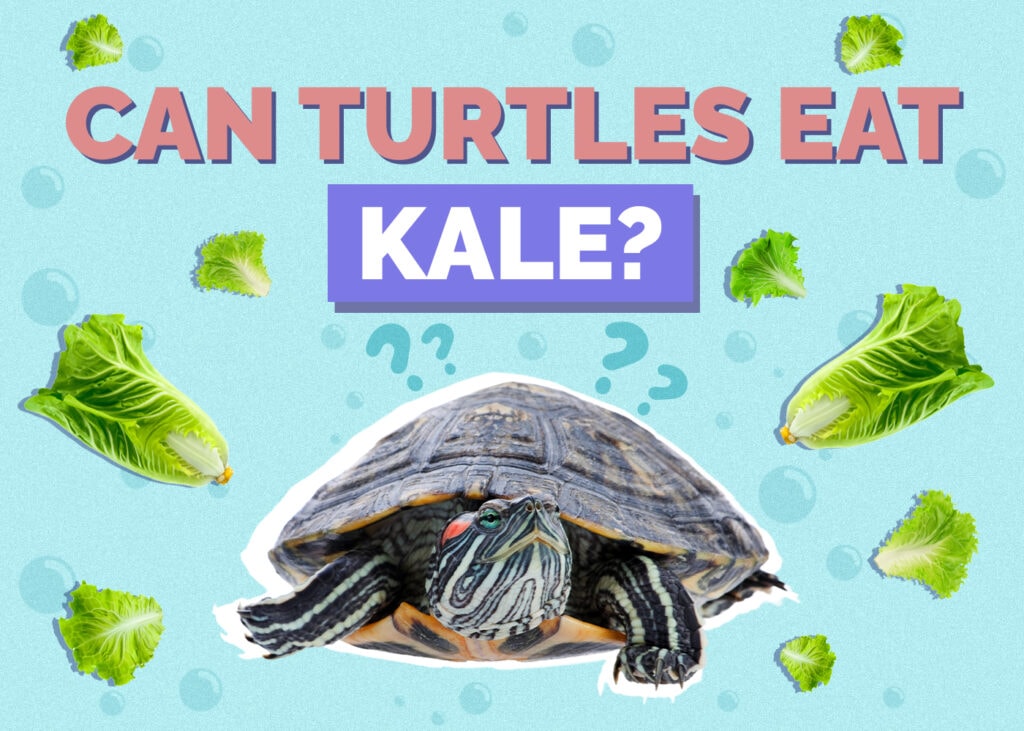
We’ve all heard about the benefits of kale and how healthy it is for us. As a turtle owner, you know how important green, leafy vegetables are for your pet, so this will likely lead you to the question: Is kale safe for turtles to eat?
For the most part, kale is a nutritious veggie for turtles, and you can certainly feed it to your pet. But it shouldn’t be the main part of their diet as there are downsides.
Here, we discuss why kale should be limited and its benefits and risks. We also touch on what the diet of an average turtle should be and any foods that you should avoid.
What Makes Kale Healthy for Turtles?
Kale is rich in beta-carotene, vitamins C and K, antioxidants, and fiber. It can add essential vitamins and minerals to your turtle’s diet, and the high fiber can aid in their digestion.
Kale can also make your turtle feel fuller, but they won’t put on any extra weight because it’s low in calories. There’s no question that adding kale to your turtle’s diet can be of great benefit, but what about the risks?
Are There Any Issues With Giving Kale to Turtles?
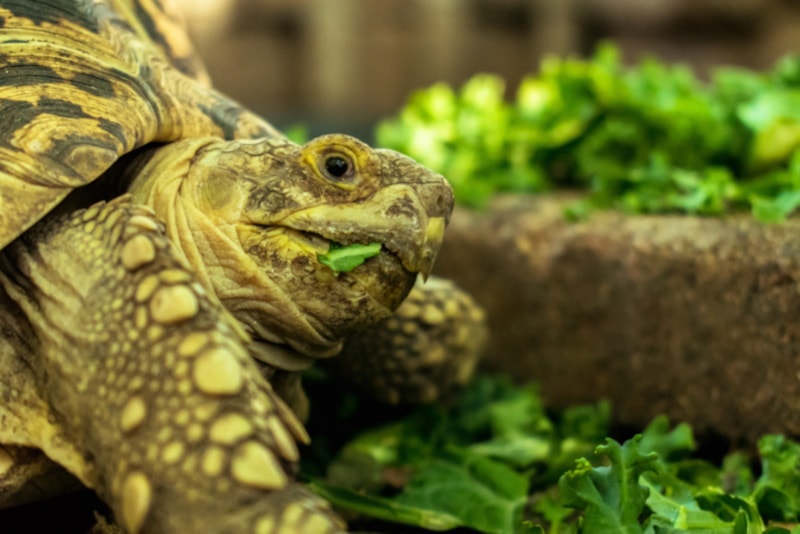
Kale contains oxalate acid, which occurs naturally in several vegetables, most notably spinach. The issue with oxalate is that it binds with the calcium in a turtle’s body, preventing the body from absorbing it, and calcium is absolutely vital for the health of the turtle.
However, the oxalate found in kale isn’t that high, so it’s not likely to have a negative effect on your turtle. Still, while kale is healthy for turtles, it shouldn’t be one of the only things that they eat and shouldn’t be combined with other high oxalate foods.
Kale is a member of the Brassica plant family and as such contains goitrogens. This results in the eventual enlargement of the thyroid gland and effects on the turtle’s metabolic rate if fed too often.
Feeding Your Turtle
What your turtle eats depends on their species, health, size, and age. Most turtles are omnivorous, so like humans, they eat a combination of plants and meat, with young turtles generally eating more animal protein.
Animal Food Sources
Generally speaking, turtles can eat multiple animal food sources, including cooked beef, chicken, and turkey, as well as live prey like shrimp, krill, moths, crickets, worms, and feeder fish. You’ll want to raise the insects yourself or get them from a trustworthy pet store. Many turtle owners simply rely on turtle pellets for their protein.
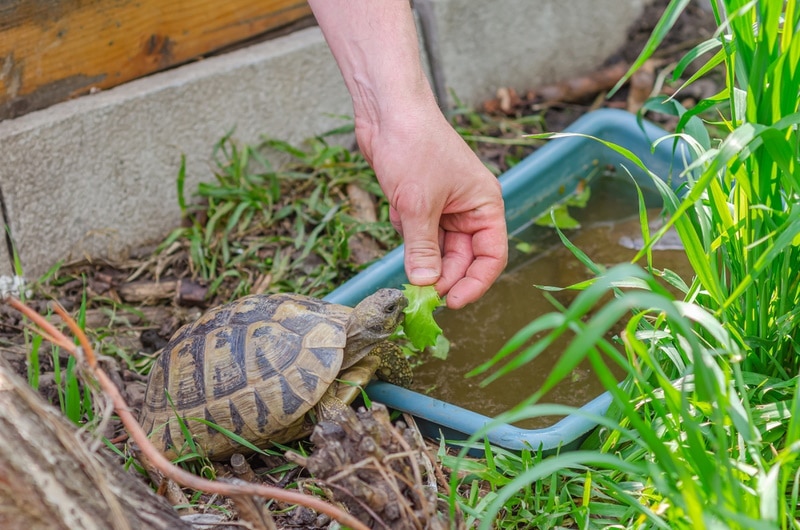
Plant Food Sources
The plant food that you can give your turtle is primarily leafy, green vegetables, such as dandelions, collards, and mustard greens. They can also eat fruits like cantaloupe, apples, berries, mangoes, and bananas. Aquatic plants like water lettuce, water hyacinth, and duckweed are also ideal.
Timing
Adult turtles are usually fed once every day or even every other day, but young turtles must be fed once or twice a day. Your best bet is to chop up a mixture of veggies to add variety to their diet.
How much you feed your turtle depends on their age and species, but generally speaking, if you’re feeding them turtle pellets or food that doesn’t move, allow them to eat for 20 minutes, and then remove whatever is left over.
How you give food to your turtle depends on whether they are aquatic or land turtles. Aquatic turtles eat their food underwater, but land turtles can eat their food on grass or a flat surface like a rock.
FAQ
How Much Kale Should You Give Your Turtle?
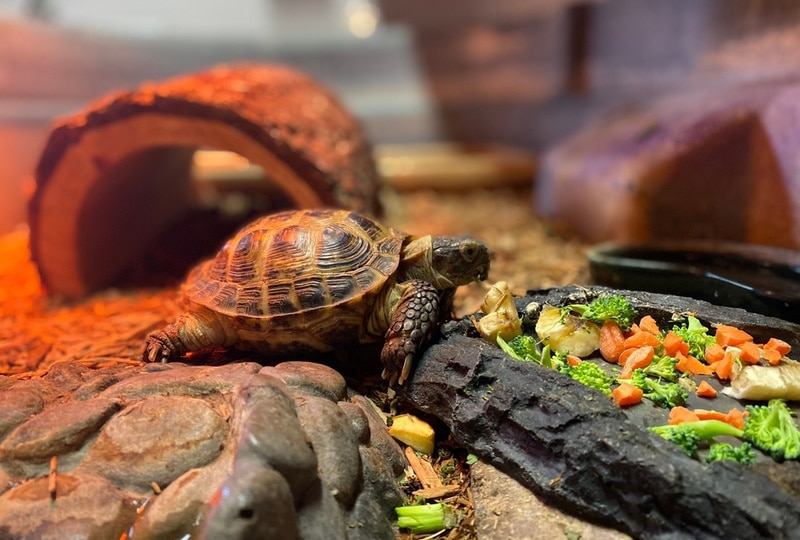
It depends on your turtle’s age and health. Young turtles can be given roughly one or two small leaves over the course of the week. Adult turtles can be given more, but remember that it shouldn’t make up the bulk of their diet.
What’s the Best Way to Prepare Kale for Your Turtle?
Stick with fresh kale. While it can be stored in the fridge for several days, you should only feed it to your turtle within a day or two after purchasing.
You’ll also need to wash it before giving it to your turtle to remove any dirt, debris, or pesticides. Remove the stem and cut it into small pieces.
What Kind of Kale Is Best for Turtles?
Curly kale is the most fibrous and a great option for turtles. Green kale is less fibrous and might be easier for some turtles to digest. Red Russian kale is nutrient-dense and sweeter than the other varieties.
Each type of kale has its own unique taste, and all are healthy. You might need to give your turtle a small piece of each type until they pick a favorite—or all of them might be favorites!
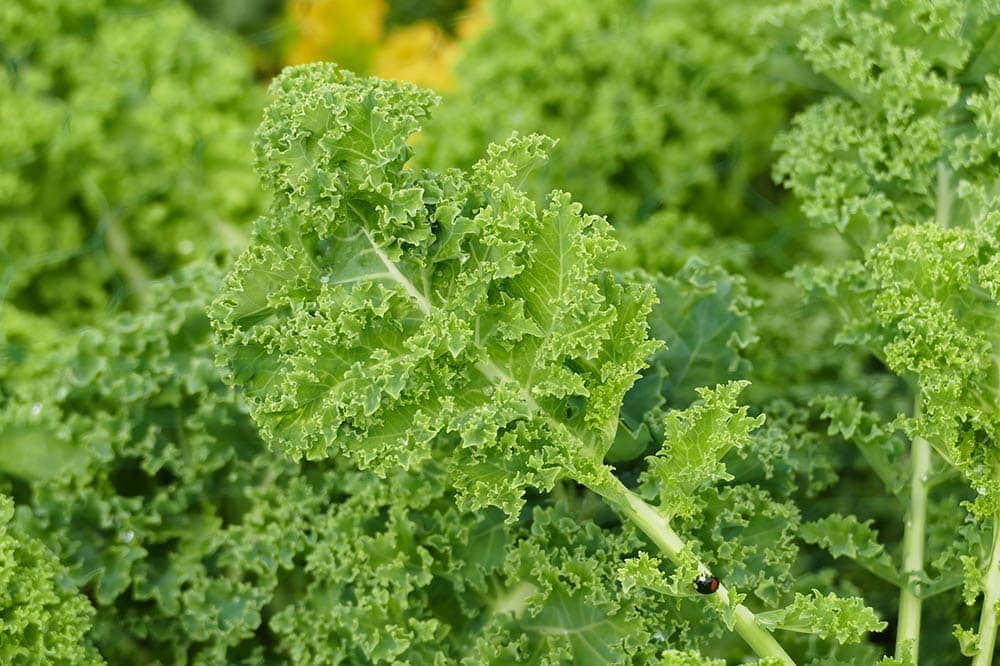
Can Baby Turtles Eat Kale?
Yes, they can! All the nutritional benefits of kale will help contribute to the healthy growth of young turtles. Just be sure to wash it, remove the stem, cut it into small pieces and only feed occasionally.
Are There Any Leafy Green Vegetables That Turtles Shouldn’t Eat?
You’ll want to avoid, or only feed sparingly, vegetables high in oxalates, which include spinach, parsley, and chives. You also shouldn’t feed your turtle celery or iceberg lettuce because they contain little nutritional value.
Summary
Kale can definitely make a healthy addition to your turtle’s diet, but keep in mind that not every turtle will want to eat it. You should always offer a variety of vegetables, including nutrient-dense food like kale in the mix. But due to oxalates and goitrogens, kale should only be fed sparingly.
Unless you feed too much kale to your turtle in one sitting, it is an excellent choice of vegetable. If you’re at all uncertain or worried about your turtle’s diet, speak to your herp veterinarian. They can help you develop a balanced diet that will keep your turtle in excellent health.
See also:
- Can Turtles Eat Crickets? Vet-Approved Nutrition Facts & FAQ
- Can Turtles Eat Cilantro? Nutrition Facts & FAQ
Featured Image Credit: BlueSky_31, Shutterstock



